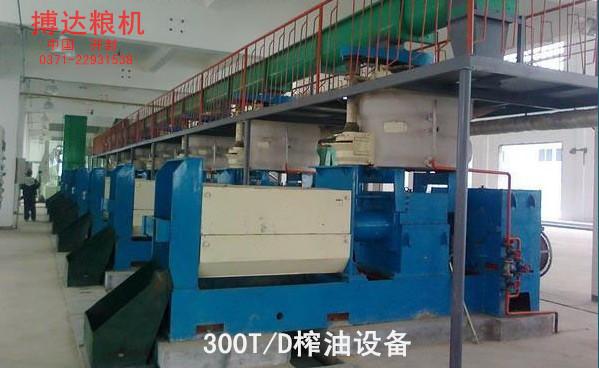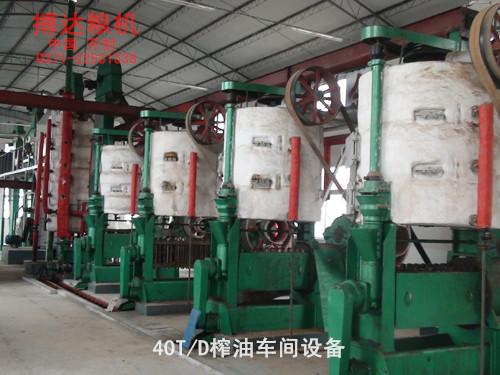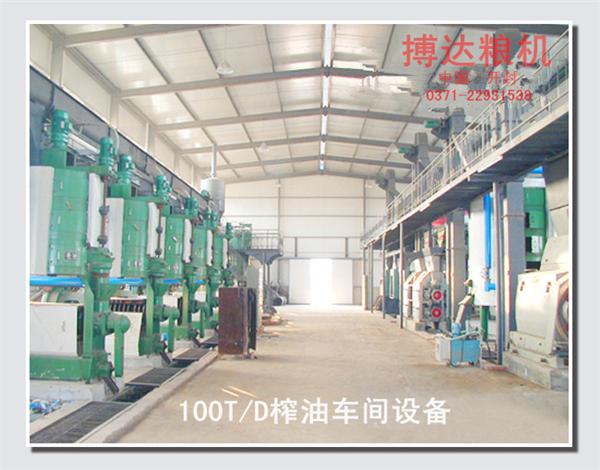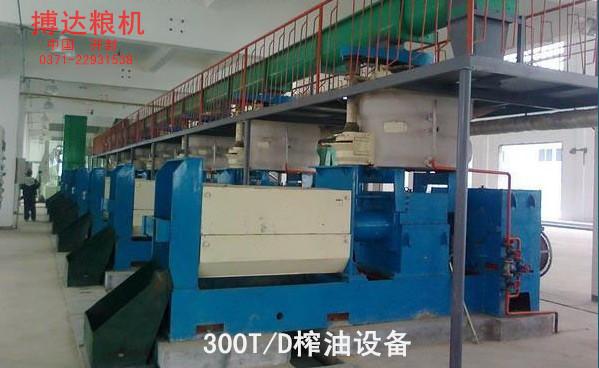detail
1.Main Processes Introduction:
► Hydration Deguming & Alkali Refining Deacidification Process
• Neutralization: the crude oil is output by the oil feed pump from the oil tank, and next enters the crude oil heat exchanger to recover part of heat after metering and then is heated to the required temperature by the heater. After that, the oil is mixed with the metered phosphoric acid or citric acid from phosphate tank in the gas mixture (M401), and then enters the conditioning tank (R401) to make the non-hydratable phospholipids in oil change into the hydratable phospholipids. Add the alkali for neutralization, and the alkali quantity and alkali solution concentration depend on the quality of the crude oil. Through the heater, the neutralized oil is heated to the temperature (90°C) suitable for centrifugal separation to remove the phospholipids, FFA and other impurities in the crude oil. Then the oil goes to the washing process.
• Washing: there is still about 500ppm soap in the neutralized oil from the separator. To remove the remaining soap, add into the oil about 5~8% hot water, with water temperature 3~5 °C higher than the oil generally. To achieve more stable washing effect, add phosphoric acid or citric acid when washing. The re-mixed oil and water in the mixer is heated to 90-95°C by the heater, and then enters the wash separator to separate the remaining soap and most water. The water with soap and oil enters into oil separator to separate out oil in the water. Further catch the oil outside, and the waste water is discharged to the sewage treatment station.
• Vacuum drying stage: there is still moisture in the oil from the wash separator, and the moisture will affect the stability of the oil. So the oil at 90°C should be sent to vacuum drier to remove the moisture, and then the dehydrated oil goes to the decoloring process. Finally, pump out the dry oil by canned pump.
► Continuous Refining Decoloring Process:
• The main function of decoloring process is to remove oil pigment, residual soap grain and metal ions. Under negative pressure, the mechanical mixing method combined with steam mixing will improve the decoloring effect.
• The degummed oil firstly enters into the heater to be heated to the appropriate temperature (110°C), and then goes to the bleaching earth mixing tank. The bleaching earth is delivered from the low bleaching box to the temporary tank by wind. The bleaching earth is added by automatic metering and is interlockingly controlled with the oil.
• The oil mixed with the bleaching earth overflows into the continuous decolorizer, which is stirred by non-powered steam. The decolored oil enters into the two alternate leaf filters to be filtered. Then the filtered oil enters the decolored oil storage tank through the security filter. The decolored oil storage tank is designed as the vacuum tank with the nozzle inside, so as to prevent the decolored oil contacting with the air and influencing its peroxide value and color reversion.
► Continuous Decoloring Process Features:
1. The oil fully contacting with the decolorant can improve the decolorization efficiency and reduce the usage of decolorant;
2. The continuous and uniform material flows will balance the decoloring time and avoid the recovery of grease oxidation and acid value.
3. The special mixing structure of decoloring tower won't cause the material dead area, which can avoid the adsorbent sedimentation and pipe blockage.
4. The continuous airtight efficient filtration equipment has realized the automation of cake discharge and reduced the labor intensity.
5. The advanced drying technology can reduce the oil content in filter cake.
2. Specifications
| Main economic technical parameters | |
| Steam consumption | 450KG/T oil |
| Electric consumption | 28Kwh/T oil |
| Phosphoric acid | 2~3 kg/T oil |
| Circulating water cooling water yield | 150m³/H |
| Bleaching earth consumption | 5~50Kg/T oil |
| Waste bleaching earth oil content | <35% |
| Deodorization loss consumption |
≤0.5% |







